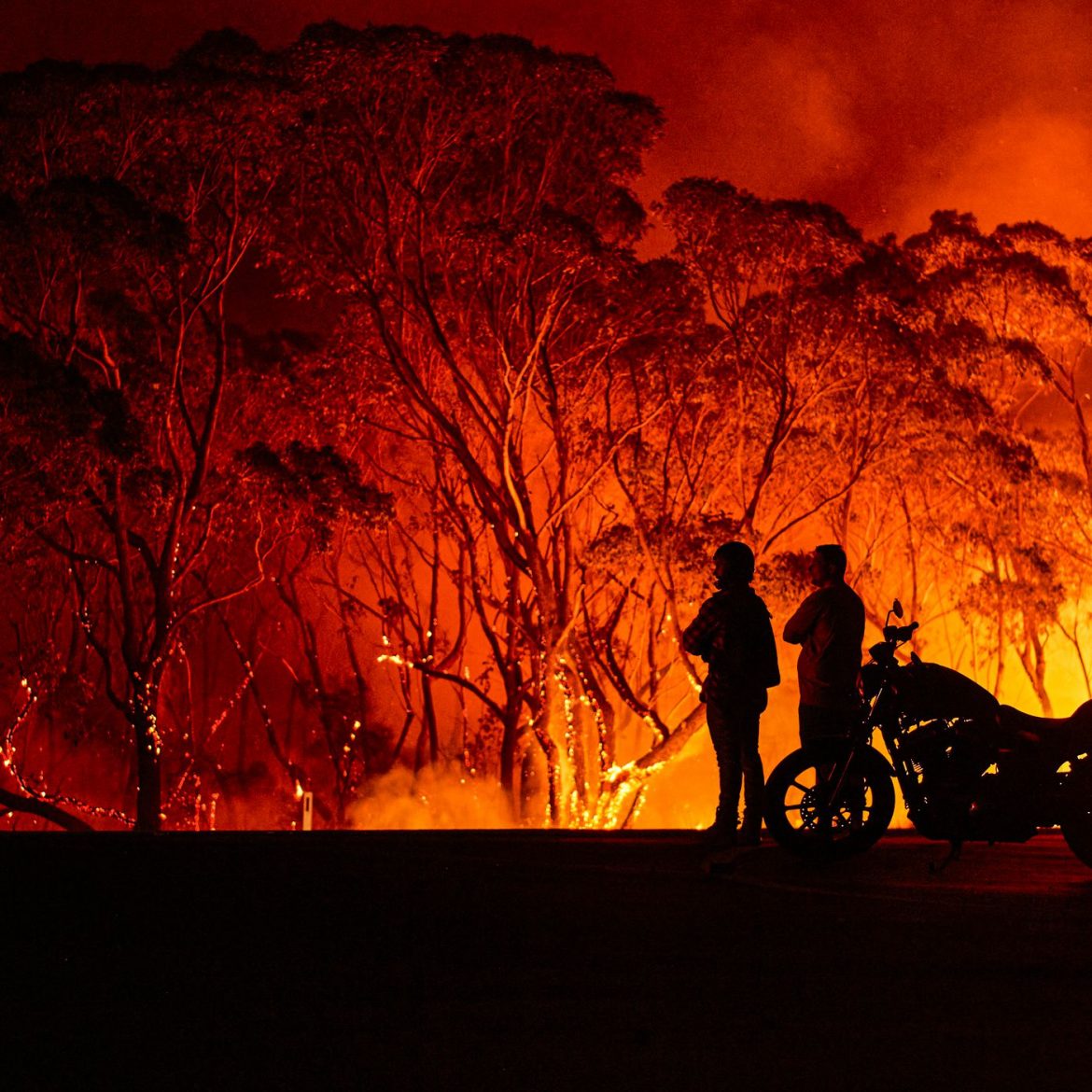Western Australia fire and emergency services commissioner, Darren Klemm has linked what has been described as one of the most challenging bushfire periods in recent memory to climate change.
At least five homes were reported to have been lost and 60,000 hectares razed after the state was hit by bushfires over the weekend. About 1,000 firefighters are currently managing four blazes that have reached an emergency risk level in southern parts of the state.
Emergency warnings for residents in the eastern Wheatbelt and southwest town of Bridgetown were downgraded on Monday to watch and act. However, authorities warned there was still a possible threat to lives and homes.
Read also: UNEP, Maharashtra govt sign MoU to implement climate change actions
According to WA’s Department of Fire and Emergency Services (DFES), one home had been lost in Bridgetown, along with sheds, vehicles, fences and equipment. An additional four homes were earlier confirmed as having been lost near Denmark on the south coast.
Klemm was quoted as saying that he does not recall a time where the state had four level-three bushfires occurring at the same time as well as dealing with a state of emergency around a pandemic.
“So it’s particularly challenging from a resourcing point of view,” he said.
He explained that the Shackleton fire in the eastern Wheatbelt burned through about 40,000 hectares and at one point spanned 35km long, adding that conditions eased since Sunday when wind gusts of up 85km/h prevented firefighters from operating large air tankers, but the fire is still not contained.
“With Perth having sweltered through its hottest January on record and the Pilbara town of Onslow surpassing 50C to equal the nation’s highest temperature, there was no doubt climate change was intensifying bushfire conditions,” Klemm said.
Story was adapted from The Guardian.
